Does lavender come back every year
Introduction
Lavender is a beloved plant worldwide, known for its fragrant flowers, silvery foliage, and numerous uses in cooking, essential oils, and home decor. Many gardeners are drawn to this flower for its low-maintenance beauty and versatility, but a common question remains: does lavender come back every year? Understanding lavender’s growth habits and what conditions it needs to thrive year after year can help you enjoy this fragrant plant as a long-term addition to your garden. This guide will explore the types of lavender, optimal growing conditions, and essential care tips that can help ensure your flower comes back season after season. Whether you’re a seasoned gardener or new to lavender, this article provides everything you need to know to cultivate lavender successfully, including seasonal care practices and the best types to grow in your region.
Types of Lavender and Their Perennial Nature
Lavender boasts several species, each with distinct characteristics and hardiness levels. English lavender (Lavandula angustifolia), celebrated for its durability, is a true perennial that reliably reblooms in favorable climates year after year. In comparison, Spanish and French lavenders are less hardy, requiring warmer conditions to return annually.
When choosing lavender for your garden, understanding the specific type is crucial. English lavender thrives in cooler climates, while French and Spanish varieties are better suited for milder, warmer regions. To complement lavender’s growing needs, consider companion plants like rosemary; our guide on how big does rosemary grow provides helpful care tips for similarly hardy herbs. Selecting the right type ensures a vibrant garden season after season.
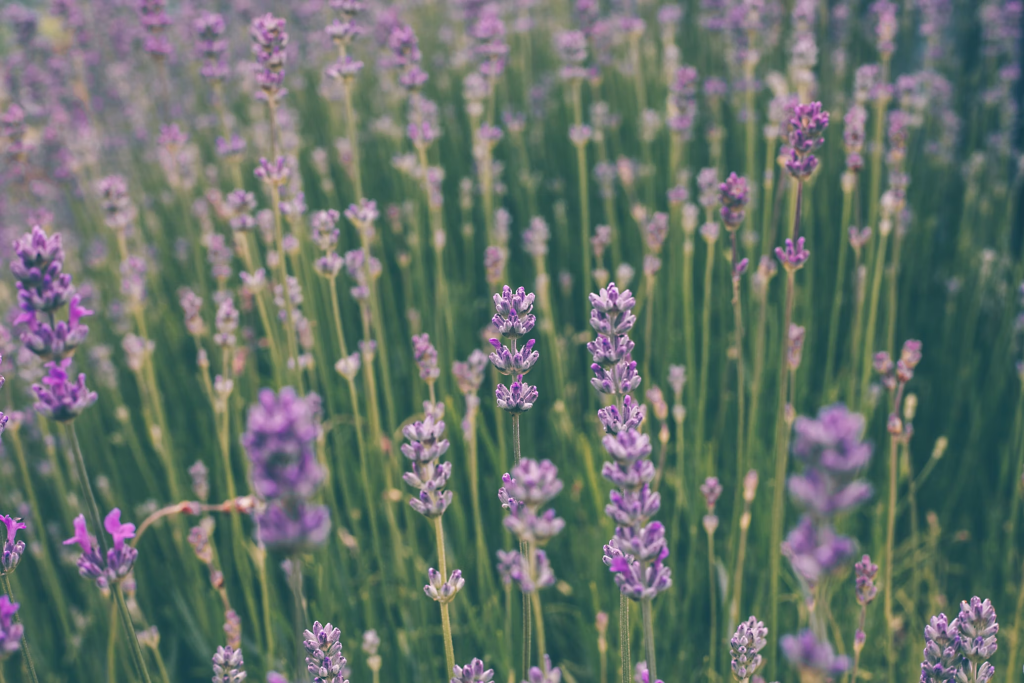
Growing Conditions for Perennial Lavender
Lavender flourishes when its growing conditions closely resemble its native Mediterranean environment. Full sun, well-drained soil, and mild climates are essential for its long-term health and vitality. For those who enjoy indoor window plants, lavender can also be grown indoors, provided it gets ample sunlight—at least six hours daily.
In outdoor gardens, raised bed gardening is an excellent method to cultivate lavender, as it enhances drainage and prevents waterlogged soil, a common cause of root rot. Ensuring these optimal conditions significantly increases lavender’s chances of thriving as a perennial and returning each year. If you’re curious about enhancing your gardening skills, check out our guide on raised bed vegetable gardening for beginners for helpful tips.
How to Help the flower Thrive Year After Year
For it to consistently return each year, consider these tips:
- Sunlight: Ensure your flower receives at least 6-8 hours of sunlight daily.
- Soil Type: Lavender prefers soil that drains well. If your garden soil retains water, amend it with sand or gravel to improve drainage.
- Watering: Water sparingly, especially in winter, as the flower doesn’t tolerate overly wet roots. Using a DIY plant watering bottle setup can help manage moisture levels effectively, ensuring the plant receives just the right amount.
- Mulching: In colder regions, applying mulch around the base in late fall can protect the roots from frost, helping the lavender survive winter conditions.
Common Challenges
Lavender, while relatively hardy, can encounter challenges that impact its growth and longevity. Common garden pests, such as aphids and spider mites, often target these plants, causing stress if left unmanaged. Regular inspections and removing debris around the base of the plant are essential steps in keeping these pests at bay.
Fungal diseases are another concern, particularly in areas with poor drainage. Lavender thrives in well-draining soil, so addressing any water retention issues is crucial to prevent root rot. Ensuring sufficient spacing between plants is equally important, as improved airflow reduces the risk of fungal infections. For additional tips on preventing garden pests, explore our comprehensive guide on common garden pests to keep your flowers thriving year after year.
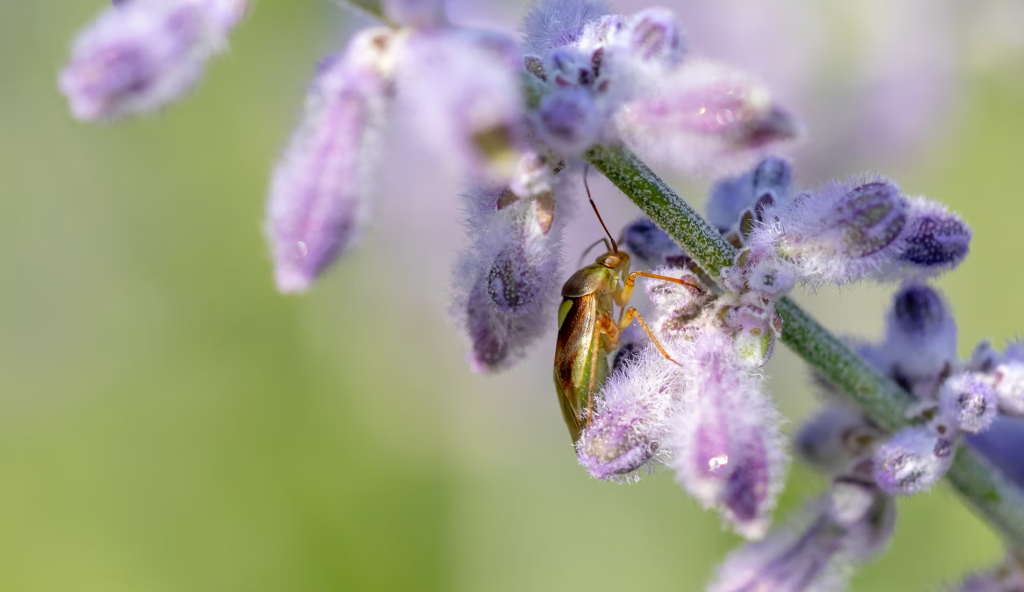
Tips for Growing Lavender in Pots
For gardeners with limited space or less favorable outdoor conditions, growing lavender in pots is a great alternative. Here’s how to grow potted lavender successfully:
- Choose the Right Container: Select a pot with good drainage, ideally at least 12 inches deep, to accommodate lavender’s roots.
- Potting Mix: Use a well-draining potting mix, possibly enriched with worm castings for added nutrients.
- Placement: Keep the pot in a sunny location, such as a patio or balcony, where it can receive adequate sunlight.
- Seasonal Relocation: In colder regions, bring the pot indoors during winter months to protect lavender from frost, ensuring it comes back every year with minimal issues.
Seasonal Care: Spring, Summer, Fall, and Winter
Knowing how to care for lavender seasonally can be key to maintaining its perennial nature.
- Spring: This is an active growth period for lavender. Prune away any dead or damaged branches to encourage new growth.
- Summer: During peak blooming, lavender needs regular deadheading to promote continuous flowering. Additionally, watering needs may increase during summer heat.
- Fall: Prepare the flower for winter by cutting back and adding a light mulch layer to protect the roots.
- Winter: Water sparingly and ensure the soil remains well-drained. In very cold climates, covering the plant with burlap can offer added protection against frost.
Why Lavender is a Perennial in Some Climates
Lavender thrives as a perennial in regions with mild winters, where it naturally returns each year with minimal care. In colder areas with freezing winters, gardeners can ensure lavender’s survival by taking protective measures such as applying mulch or planting in raised beds. These strategies help insulate the roots and maintain soil warmth, allowing the plant to endure harsh conditions.
Selecting the right lavender variety suited to your specific climate also plays a crucial role in perennial growth. For example, English lavender is hardier and more likely to survive colder winters compared to other varieties.
What Makes Lavender a Unique Garden Addition
Lavender stands out in any garden due to its striking visual appeal, delightful fragrance, and practical benefits. Its natural pest-repelling properties help keep harmful insects at bay while simultaneously attracting essential pollinators like bees and butterflies. This dual function not only enhances your garden’s health but also supports biodiversity, making lavender an excellent choice for gardeners who prioritize eco-friendly practices.
Moreover, lavender’s ability to pair harmoniously with companion plants like sage and rosemary creates a visually cohesive and productive herb garden. These combinations contribute to a balanced ecosystem, with each plant benefiting the other. For those new to companion planting, our guide on cauliflower companion plants provides additional insights into optimizing your garden layout. Lavender’s versatility and environmental contributions make it an indispensable addition to gardens of all sizes.
Benefits of Lavender as a Perennial Plant
Lavender is cherished not just for its striking beauty but also for its remarkable benefits in the garden. One of its standout features is its natural pest-repelling properties, helping to deter unwanted insects like mosquitoes while inviting beneficial pollinators such as bees and butterflies. Adding lavender to your garden not only enhances the aesthetic appeal with its vibrant purple blooms but also contributes to biodiversity, making it an excellent choice for eco-conscious gardeners.
Lavender’s compatibility with companion plants like sage, thyme, and rosemary further elevates its value. These combinations create a visually harmonious herb garden that thrives together, maximizing space and offering a variety of uses. Whether you’re creating a dedicated herb bed or integrating lavender into flower borders, its versatility and environmental benefits make it a must-have for any gardener aiming for both beauty and functionality.
Can You Grow Lavender Indoors?
Growing lavender indoors is not only possible but also rewarding, offering year-round fragrance and a touch of greenery to your home. To successfully cultivate lavender indoors, you’ll need to provide the plant with conditions similar to its natural environment. A sunny windowsill that receives at least 6 hours of sunlight daily is ideal. In dimmer spaces, consider using supplemental grow lights to ensure the plant thrives. Maintaining proper soil moisture is crucial, and tools like a DIY plant watering bottle can help regulate watering and prevent over-saturation.
Indoor lavender may require more attention than outdoor plants. Frequent pruning helps control its size and encourages healthy growth. Additionally, proper air circulation is essential to prevent fungal issues, so avoid overcrowding the plant with other indoor window plants. With the right care, indoor lavender can produce vibrant flowers and soothing aromas that enhance your living space year-round, making it a versatile choice for gardeners of all skill levels.
Conclusion
In summary, does lavender come back every year? With the right variety, growing conditions, and care, this flower can become a lasting fixture in your garden. Selecting hardy flower types, ensuring proper sunlight and well-draining soil, and taking seasonal precautions can keep your flower thriving year after year. Growing lavender as a perennial not only saves you the effort of replanting but also offers a continuous source of fragrance, beauty, and potential for various culinary and therapeutic uses. Embrace lavender’s potential for longevity by following these tips, and soon you’ll have a flourishing lavender plant that enriches your garden with color, aroma, and charm. For more on enhancing your garden with long-lasting plants, read our guide on How to Transplant Mint and explore more about perennial herbs.



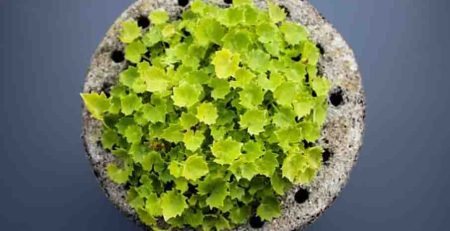

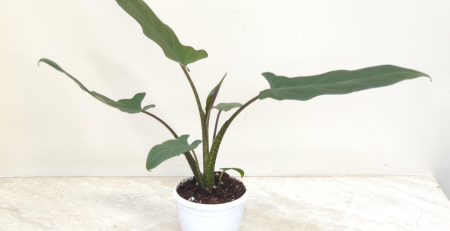
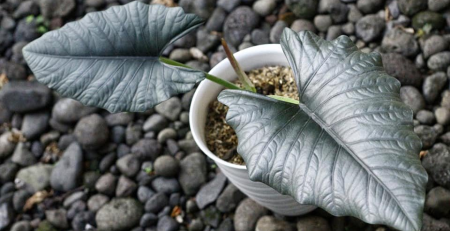
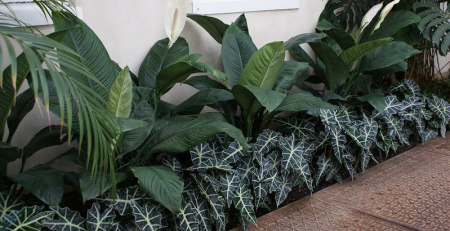
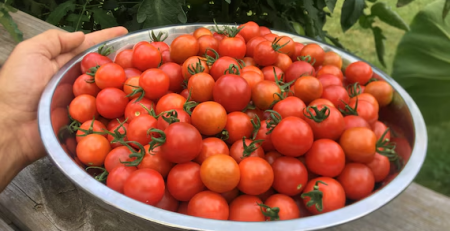
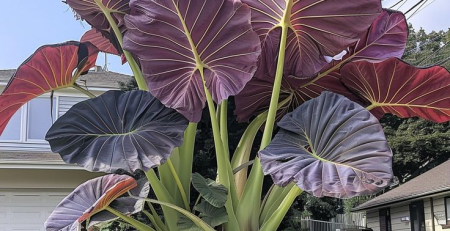
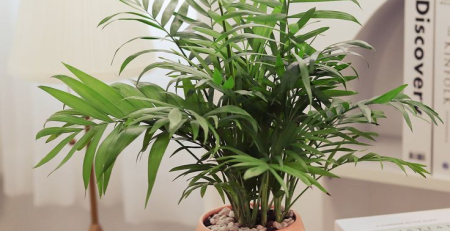
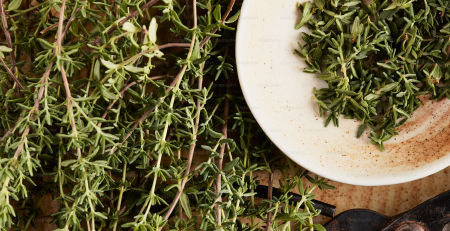
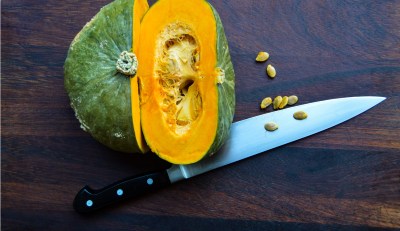
Leave a Reply